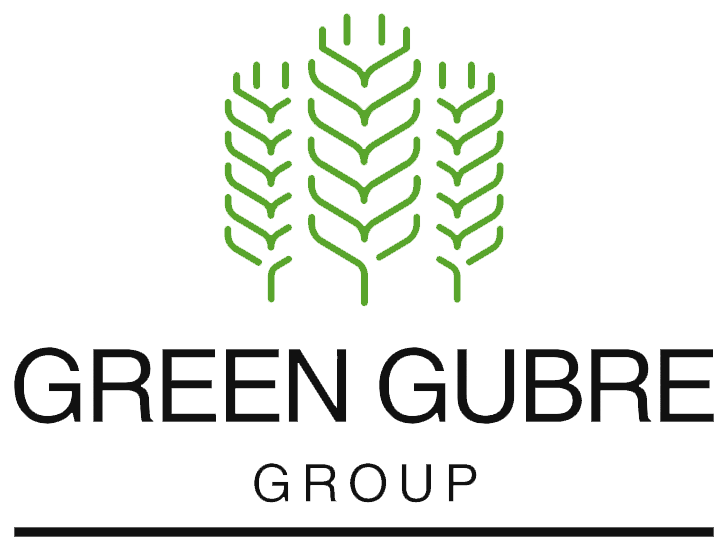Fertilizer Demand in the Mediterranean Region – Bridging Agriculture Between Continents
Fertilizer Demand in the Mediterranean Region – Bridging Agriculture Between Continents

The Mediterranean
A Crossroads of Agriculture, Trade, and Fertilizer Needs
Stretching from Southern Europe to North Africa and into the Levant, the Mediterranean region represents a unique blend of climate zones, soil types, and farming systems. This agriculturally rich area produces olives, citrus, grapes, vegetables, and cereals—yet it also faces persistent challenges related to soil degradation, water scarcity, and fertilizer dependency.
This blog explores how fertilizer demand is evolving in the Mediterranean basin, focusing on
granular/prilled urea,
NPK fertilizers, and
climate-resilient solutions. We also highlight the region’s critical trade connections with
Africa,
Turkey,
China, and
India, emphasizing its role as a transit and transformation hub in the global fertilizer supply chain.
1. The Mediterranean Agricultural Profile: Fertilizer Needs by Sub-Region
The Mediterranean is not one market—it is a mosaic of local demands, shaped by ecological, political, and economic factors.
Southern Europe (Italy, Spain, Greece):
- High-value crops (grapes, olives, citrus) demand custom NPK blends with micronutrients (e.g., boron, zinc).
- Water stress leads to demand for fertigation-compatible and soluble fertilizers.
- Environmental policy (EU Green Deal) promotes
organic fertilizers and
slow-release nitrogen solutions.
North Africa (Morocco, Egypt, Tunisia, Algeria):
- Cereal and vegetable cultivation dominate.
- Demand for urea, ammonium nitrate, and NPK remains high but varies by country.
- Infrastructure gaps and logistics challenges create opportunities for local production and
international partnerships.
Eastern Mediterranean (Lebanon, Jordan, Israel):
- Limited arable land increases focus on fertilizer efficiency and high-tech agriculture.
- Greenhouse farming drives the use of liquid and water-soluble NPKs.
2. Granular and Prilled Urea: Cornerstones of Mediterranean Fertilization
Nitrogen remains essential in the region’s fertilizer strategies, particularly as crop yields and export expectations increase.
Urea Trends:
- Granular urea is widely used across Egypt, Morocco, and southern Europe due to its suitability for mechanized farming and long-distance transport.
- Prilled urea retains a smallholder systems and greenhouse production niche, especially in Lebanon and Tunisia.
- Enhanced efficiency urea is gaining ground, particularly in regions with high evaporation and nitrogen loss risk.
3. NPK Demand and Fertigation Technologies on the Rise
NPK Fertilizers:
- Specialty NPK blends are proliferating, especially for horticulture, vineyards, and olive orchards.
- Water-soluble NPKs designed for drip irrigation and fertigation are in high demand in drought-prone zones.
Countries like
Spain, Israel, and Egypt are investing in
innovative agriculture technologies that optimize fertilizer application, opening the door to
precision-compatible NPK solutions.
4. Trade Corridors: The Mediterranean as a Fertilizer Transit and Transformation Hub
The Mediterranean region is not just a consumer—it’s a significant bridge between major markets, making it critical to global fertilizer logistics. Its role in connecting significant markets is a source of pride and significance in the global fertilizer industry.
Key Trade Pathways:
- With its advanced fertilizer blending capacity and proximity, Turkey supplies Europe and North Africa.
- India and China export NPK and urea formulations via the Suez Canal to Mediterranean ports like Alexandria, Valencia, and Piraeus.
- African phosphate producers (e.g., Morocco) are key exporters to Southern Europe and Eastern Mediterranean countries.
Moreover, Mediterranean ports serve as
redistribution hubs, connecting fertilizer imports to
landlocked African countries.
5. Sustainability Pressures and Climate Resilience Strategies
With climate change hitting the Mediterranean hard, countries are shifting toward climate-adaptive fertilizers and soil regeneration techniques. These strategies include using organic fertilizers, custom fertilizer blends based on soil mapping, and integrated nutrient management, all aimed at reducing fertilizer waste and improving food system resilience.
Sustainable Trends:
- Organic fertilizer use is increasing in Italy, Spain, and Tunisia, and government subsidies support it.
- Morocco’s OCP is leading innovation in custom fertilizer blends based on soil mapping.
- Integrated nutrient management is being promoted across the region to reduce fertilizer waste and improve food system resilience.
This trend opens opportunities for
exporters of organic-mineral fertilizers,
controlled-release urea, and
bioenhanced NPK blends—especially from
China, India, and Africa.
Conclusion: Mediterranean Fertilizer Demand at the Center of Global Agricultural Trade
The Mediterranean region, with its unique blend of agriculture, trade, and fertilizer needs, is not just a consumer but a crucial connector in the global fertilizer economy. Its demand for high-performance fertilizers, strategic port access, and deep agricultural heritage positions it as a key node in the global fertilizer economy.
For suppliers in
Turkey,
India,
China, and across
Africa, the message is clear: aligning with Mediterranean fertilizer needs offers both sales opportunities and the potential for long-term partnerships in building sustainable and resilient agricultural systems. This presents a promising future for the industry.
References
- FAO – Fertilizer Use in Mediterranean Agriculture
- OCP Group – Customized Fertilizer Solutions for Mediterranean Soils
- ICIS – Mediterranean Fertilizer Supply Chain Reports
- Eurostat – Southern Europe Fertilizer Use Statistics
- Argus Media – North Africa Fertilizer Logistics
- Profercy – Fertigation and NPK Trends in the Mediterranean




